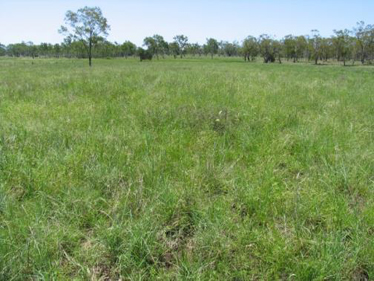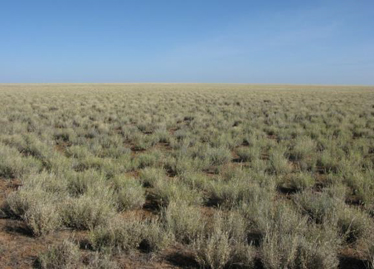Tussock grasslands


Habitat type: Tussock grasslands
Description: Tussock grasslands include a broad range of native grasslands extending from tropical to temperate Australia. In Queensland they mostly occur in the west of the State. Mitchell grasslands are the most extensive of the tussock grasslands, occurring on cracking clay plains right across semi-arid tropical Australia, including the Channel Country of southern Queensland. The bluegrass tussock grasslands occur north of the Mitchell grasslands, on the cracking clay plains and floodplains nearer the coast, where rainfall is higher. Other Queensland tussock grasslands include: seasonally flooded tropical grasslands dominated by Wild rice (Oryza australiensis); mixed species tussock grassland and sedgeland, often with emergent Pandanus spp., that occur on plains associated with major rivers and swamps around the northern coastline; grasslands of variable composition that occur on areas of heavier or seasonally inundated soils, interspersed with grassy eucalypt and melaleuca savannas on lighter soils, which are especially common on Cape York Peninsula.
Some animals that use this habitat type: Letter-winged kite, Australian bustard, flock bronzwing, long-haired rat, Julia Creek dunnart, long-tailed Planigale, red kangaroo, Spencer’s monitor.


